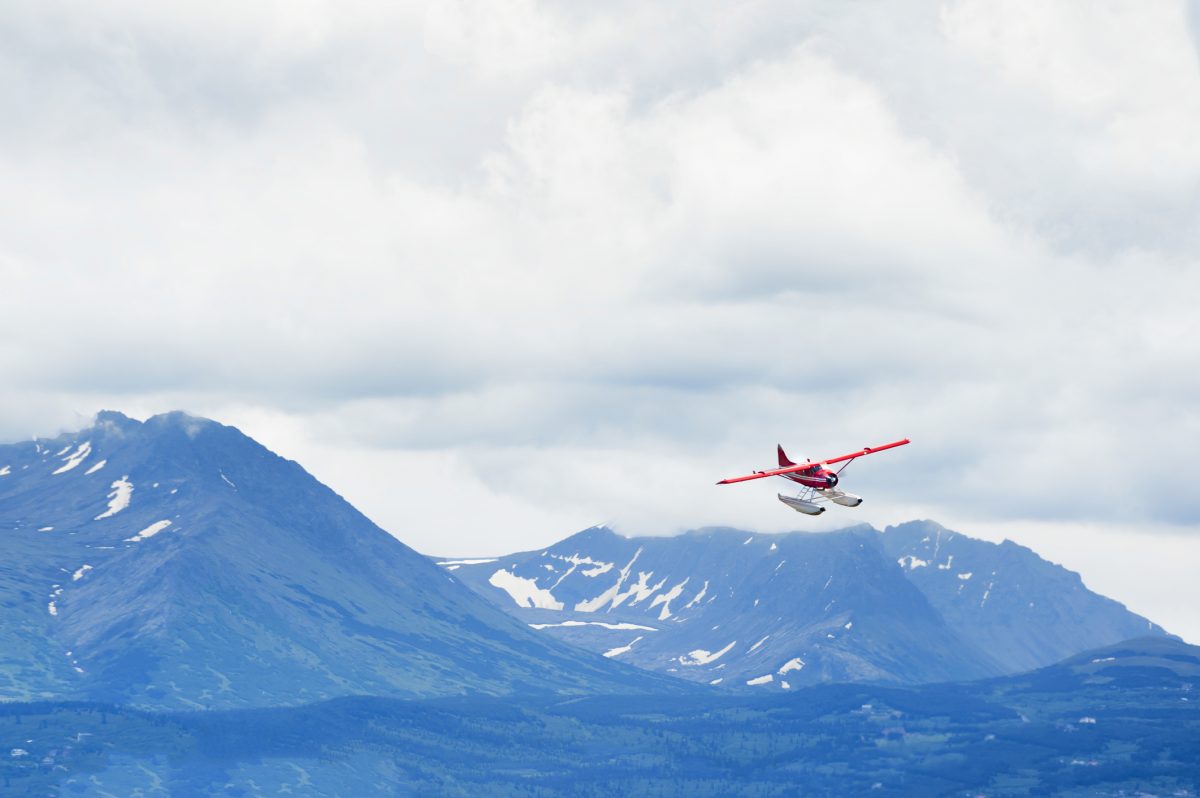
While rare, unfortunately, general aviation accidents can and do happen. Every pilot, whether flying a routine flight operation or exploring the backcountry wilderness, needs to be prepared for the unexpected, including post-crash survival. With the right tools, knowledge, and training, you can improve your odds of successfully coping with various survival scenarios. Here are some basic emergency survival tips to remember:
Be prepared. When it comes to post-crash survival, avoid the “it will never happen to me” mindset. Admit that “it” can happen and take steps to prepare for the worst-case scenario. Be familiar with the emergency procedures for the aircraft you’re about to fly and make sure your passengers are briefed on what to do in an emergency. Show them where the fire extinguisher and survival kit are located on the aircraft and establish a meeting point to gather in the unlikely event of a crash or forced landing.
Pack a survival kit. A well-stocked survival kit can make all the difference in an emergency situation. When packing a survival kit, take into account the terrain you’re flying over, possible weather conditions, and the number of occupants on board. Some basic items to keep in your kit include a multi-tool or knife, a flashlight, a signaling device, a first aid kit, fire-starting tools (like waterproof matches), water and non-perishable food. Keep the survival kit on your person or near the exit so you can grab it as quickly as possible in the event of a forced landing.
File a flight plan. Even when flying VFR, it’s wise to file a flight plan. By doing so, you enable flight tracking and ensure that emergency services will be alerted if you don’t arrive at your destination on schedule. It’s also a good idea to inform people about your plans. Make sure someone knows where you’re going, the route you’re taking, and when you expect to arrive. A little upfront planning and communication will go a long way in increasing your chances of being located and rescued.
Stay calm. After the airplane comes to a stop, evacuate the aircraft as quickly as possible and account for all passengers. Check for breathing, bleeding, and injuries, in that order. In an emergency, it can be easy to panic and make impulsive decisions. Try to remain calm and form a plan of action.
Signal for help. Starting a fire will not only provide warmth and protection, but it can also serve as a distress signal. You can also use signals such as ballistic flares, smoke generators, and reflectors if you have them. Activate your emergency locator transmitter and if possible, use your cellphone to call 911.
Don’t wander. Every emergency survival situation is different, but generally, one of the biggest mistakes survivors make is leaving the crash site to look for help. Because rescue parties will be looking for a downed aircraft, not an individual, your chances of being located are likely greater if you stay near the wreckage.
Although the odds of finding yourself in a multi-day post-crash scenario are slim, it’s always better to be prepared. Much like your piloting skills, your survival skills are only as good as your training. The FAA offers a 1-day post-crash survival training course to provide general aviation pilots with basic survival knowledge as well as hands-on practice using various survival techniques. While you will hopefully never need to use them, these skills may save your life and the lives of those with you.